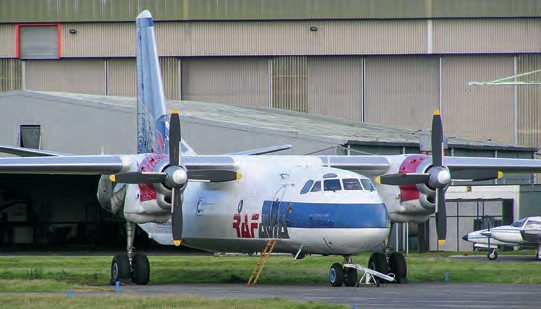
(Photo Key Collection)
DESPITE BEING introduced into service in the 1970s, Russian authorities are looking to extend the life of the Antonov An-26 by another ten years, increasing the type’s service life before its next major overhaul from 20,000 flight hours to 26,000 and keeping many examples flying for more than 60 years.
Russian news agency Interfax has reported that the country’s civil aviation research institute GosNIIAS, a subsidiary of the Russian federal air transport agency Rosaviatsia, has been awarded the contract worth over £64,000. The extension covers around 100 airframes with an average age of 50 years. It is looking to complete the work by the end of January 2028. Powered by a pair of Ivchenko AI-24 engines, the type remains in service with several Russian airlines, including Angara, IrAero and Polar Airlines. The carriers warned that most of the fleet would stop flying in less than five years and, as there was no replacement for this or the An-24, they requested a life extension for their airframes.
A replacement could come in the form of the 44-seat UZGA TVRS44 Ladoga and the 68-seat Ilyushin Il-114-300. However, testing and certification of both twin turboprops is running massively behind schedule. Deliveries of the latter were due to begin in 2024, but have now been pushed back to 2026 at the earliest. UAC plans to have 51 Il-114-300s built and in service by 2030. The Ladoga, meanwhile, has been delayed until 2028. According to manufacturer UZGA, the fuselage of the first four prototypes is being built, with around 90% completed. It plans to have a total of 105 units built by the end of the decade.